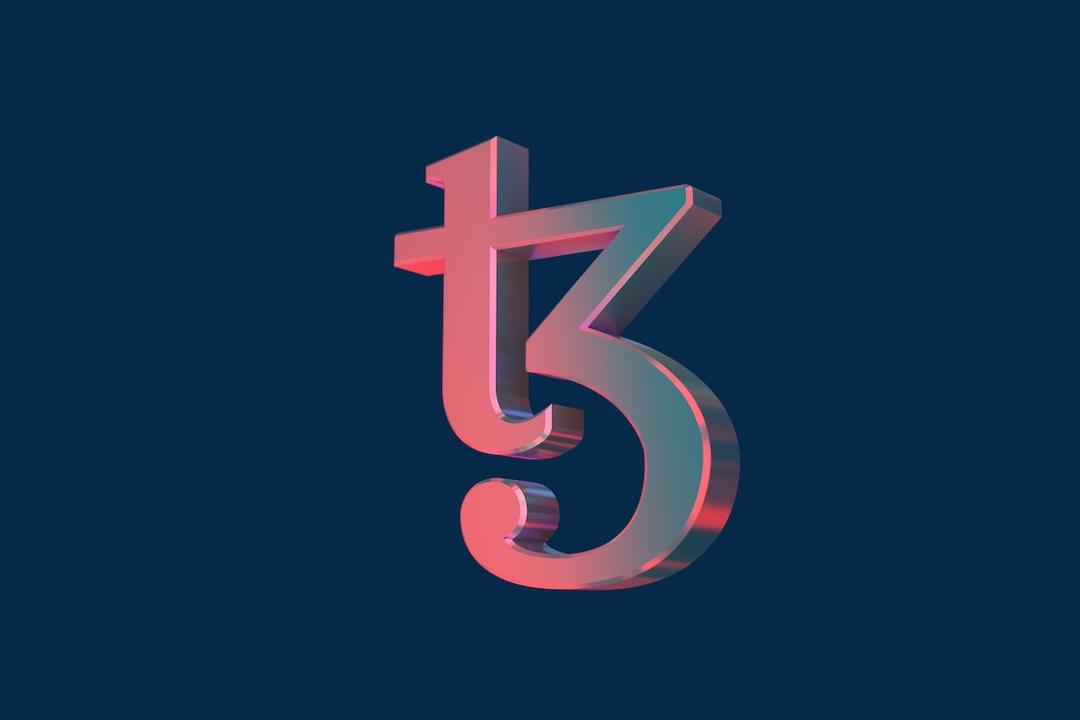
Innovative on-chain prediction markets are transforming the way individuals engage in forecasting outcomes, spanning from sports to finance. Take, for instance,
Azuro
, a cutting-edge on-chain predictions market protocol that simplifies the process of building and participating in prediction markets. Through the provision of advanced tools, oracle solutions, and a distinctive liquidity model, Azuro empowers developers to swiftly create apps without any upfront costs.
In a recent discussion, Dan Kaizer, the chief technology officer and core contributor of Azuro, delves into the current landscape of on-chain prediction markets, the unique attributes of Azuro’s protocol, and the potential future of this dynamic industry. Kaizer also sheds light on Azuro’s recent funding, partnerships, and the imminent token generation event for the AZUR token.
Cointelegraph: What exactly are on-chain prediction markets and how do they operate?
Dan Kaizer: Throughout history, humans have possessed a natural inclination to predict outcomes in various domains such as weather, stocks, sports, finance, and politics. Traditionally, if you wanted to wager on the outcome of a specific event, you would establish conditions through an entity that matches your prediction with a counterparty. However, with blockchain technology, the need for intermediaries is eliminated. All transactions are executed through smart contracts.
Running prediction markets off-chain can be a challenging endeavor due to development costs, obtaining accurate information, and ensuring liquidity. With Azuro’s on-chain model, we streamline many of these crucial aspects, significantly lowering barriers to entry.
By leveraging the Azuro protocol, entrepreneurs can eliminate development and staffing expenses as well as payment processing. This enables them to allocate resources towards vital aspects of their business, such as user acquisition and retention.
For end-users, the appeal is clear: all terms are governed by smart contracts, completely mitigating the risks of manipulation.
CT: How does Azuro differentiate itself in the on-chain predictions market? What sets Azuro apart from its competitors?
DK: At Azuro, one of our primary focuses has been on liquidity. We have introduced a peer-to-pool model that efficiently distributes liquidity across various markets without exposing liquidity providers (LPs) to unnecessary risks. This approach eliminates the need for LPs to manually create markets or undertake specific risks.
Furthermore, Azuro operates on a permissionless basis, with all transactions and market activities governed by smart contracts. This ensures transparency for all participants, from LPs to end-users.
Since our inception, over 28 applications have utilized our protocol, attracting more than 27,000 unique users and resulting in over 4 million transactions. To date, the protocol has facilitated volumes exceeding $360 million.

Source: Dune
Azuro has the capability to support any
Ethereum Virtual Machine (EVM)
compatible blockchain. Thus far, we have integrated networks that understand the challenges associated with on-chain prediction markets. Our expanding ecosystem has positioned us as one of the fastest-growing protocols on Gnosis and a revenue leader on Polygon PoS.

Source: Azuro
CT: Azuro recently secured substantial funding from prominent venture capital firms. Could you provide details regarding this funding round and how you intend to utilize these funds?
DK: Earlier this year, in April, we announced a successful raise of $11 million. This funding round received support from leading contributors such as SevenX Ventures, Fenbushi Capital, Arrington Capital, Polymorphic Capital, Red Beard Ventures, Dewhales, and G1 Ventures. Many of these contributors had participated in Azuro’s seed round, demonstrating their continued support as we progress towards exciting milestones outlined in our roadmap.
The funds from this round will be allocated towards accelerating ecosystem development and expanding Azuro’s offerings. Within the predictions industry, there are numerous untapped niches that could potentially generate substantial revenue streams for businesses operating on Azuro. With this recent funding, we are well-positioned to explore these opportunities.
CT: Azuro has formed a strategic partnership with Chiliz to drive the adoption of on-chain sports prediction markets. Could you elaborate on this collaboration and its anticipated impact on both Azuro and the sports prediction market?
DK: The partnership between Azuro and Chiliz is a natural fit. Together, we have joined forces to accelerate the adoption of on-chain sports prediction markets. The primary objective is to provide millions of fans worldwide with enhanced support and engagement for their favorite teams and athletes through transparent and equitable prediction apps.
As part of this collaboration, Azuro has integrated support for Chiliz Chain, enabling developers to build apps using the combined infrastructure. Builders, both new and existing, leveraging Azuro’s infrastructure can seamlessly connect their apps to the Chiliz Chain, allowing users to transact with the blockchain’s native token, CHZ.
CT: With over 25 apps currently operating on Azuro, what has been your strategy for attracting and supporting developers and projects within your ecosystem?
DK: The initial challenge was attracting the first wave of apps. Once we had success stories like bookmaker.xyz and Bookiebot, interest began to grow. However, the subsequent critical step was establishing a clear process that outlined how everyone within our ecosystem could engage. Comprehensive, well-structured documentation played a pivotal role in this process.
Additionally, fostering a developer community on Discord was instrumental. These initiatives, among others, are overseen by our developer relations (DevRel) team. I have observed that within the crypto space, the role of DevRel is becoming increasingly vital. For us, it is indispensable.
CT: Azuro is gearing up for the token generation event (TGE) for the AZUR token. What can you divulge about the forthcoming TGE and its significance for Azuro?
DK: Certainly, the TGE represents a significant milestone within the Azuro ecosystem. It is an event that has been eagerly anticipated by all stakeholders, as it marks a substantial progression towards further decentralizing the governance of our protocol. Holders of the AZUR token will have the ability to vote, stake, and enjoy perks as the ecosystem expands.
Beyond its utility for the protocol, I believe the TGE can attract more attention to the project, potentially leading to increased volumes on the protocol and the launch of additional applications.
CT: Looking ahead, how do you envision the future of on-chain prediction markets?
DK: The global online prediction markets are projected to reach $137 billion by 2029. If even just 20% of this market share were to transition to on-chain platforms, we would be looking at an opportunity exceeding $20 billion. This is a feasible scenario in my opinion. People naturally gravitate towards solutions that offer enhanced conditions. Traditional prediction markets have inherent flaws that on-chain solutions like Azuro effectively address. Therefore, from an industry perspective, I anticipate a growing influx of users across various platforms.
In the case of Azuro, we are continuously evolving to better cater to the needs of builders and users. For instance, we are exploring the introduction of
a native Ethereum layer 2
specifically optimized for on-chain prediction applications and their user base. In the near term, this could manifest in the emergence of new business verticals that present additional monetization opportunities for entrepreneurs, such as turn-key on-chain games.
Learn more about
Azuro
Disclaimer: Cointelegraph does not endorse any content or product on this page. While we strive to provide comprehensive information in this sponsored article, readers are advised to conduct their own research before making any decisions related to the company and assume full responsibility for their actions. This article should not be construed as investment advice.

